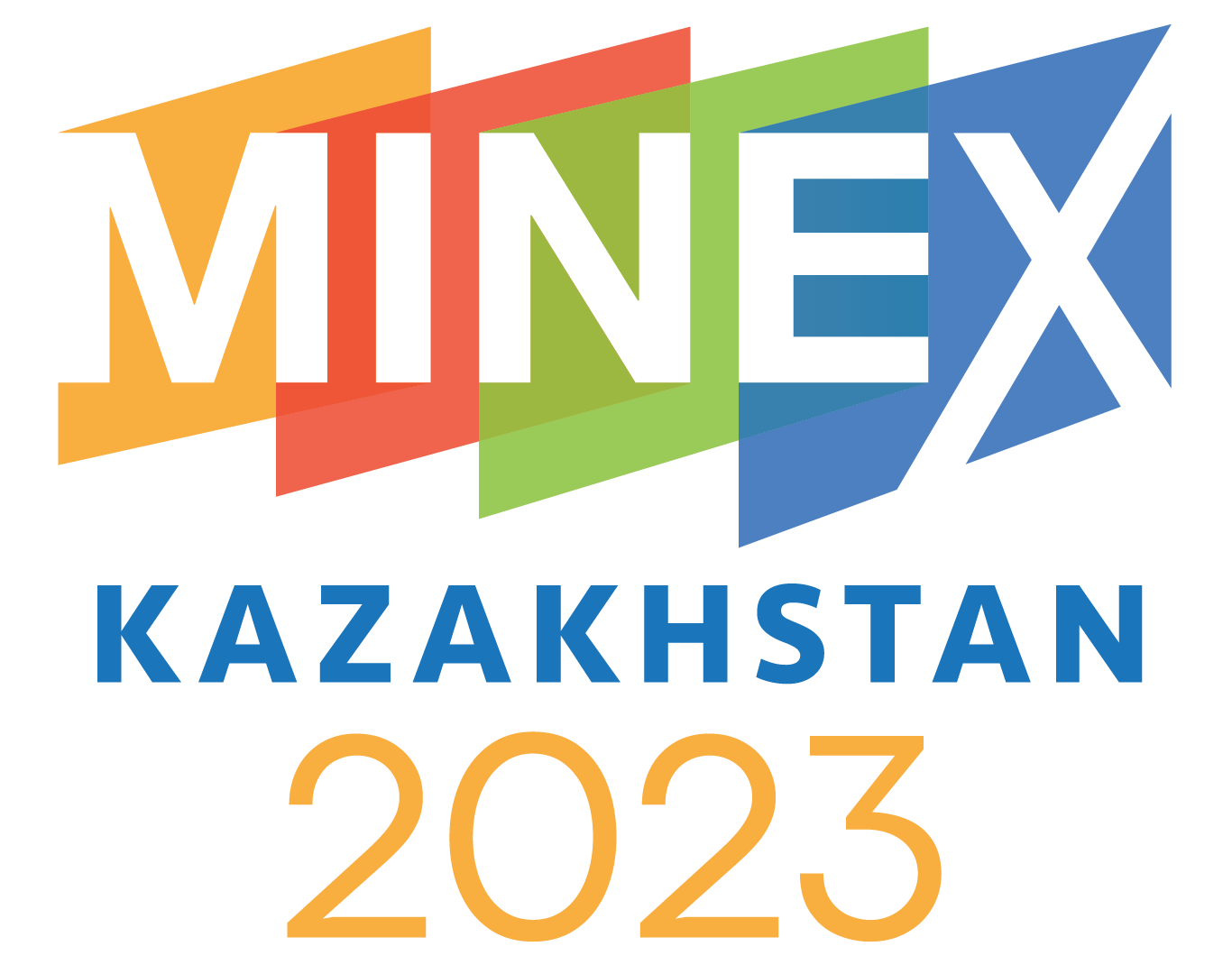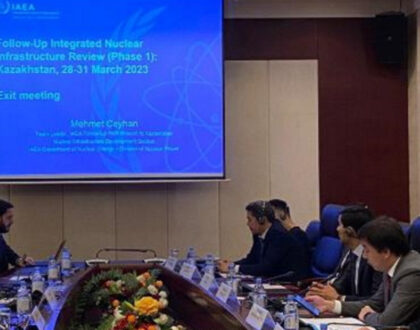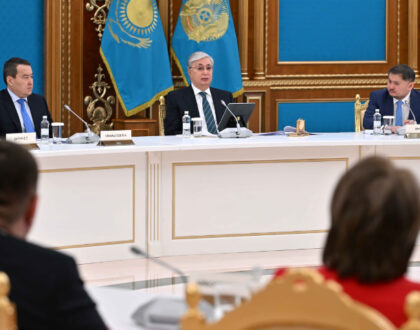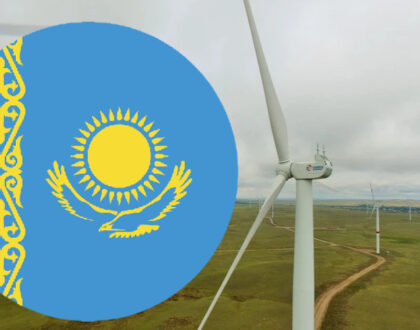Uzbekistan’s geologists will be creating a unified geological map of Central Asia

A team of geologists from the Institute of Mineral Resources in Uzbekistan have developed a digital geological map of the country which provides a comprehensive view of how rocks have been formed in the region over the last billion years. The map, which was compiled using GIS technologies and is linked to satellite images, shows the location of rock complexes of all geological periods and is accompanied by a database. This is an update of a map created in 1998 based on geological surveys from the 1950s–1980s, which was developed using the ‘classical‘ or ‘fixist‘ approach. The updated map uses the ‘mobilist‘ theory of lithospheric plates to explain the structure and development of folded belts of continents. This map gives new ideas about the place of origin of rocks, as it shows that rocks which are now in the same place used to be thousands of kilometres apart. It also updates the age of breeds, some of which are now shown to be only 450–350 million years old, rather than the previously thought Proterozoic age of more than 1 billion years. The map, along with its legend and explanatory tables, is compiled in digital format in the form of a single database with its own classifier. This map also makes it possible to predict the mineral resource potential of 88% of the country which is still poorly studied. Geologists are now more confident in predicting mineral deposits and believe that a copper belt similar to the South American one may pass through the north of Uzbekistan.
The map and related materials are planned to be released in A3+ format and could become the basis for creating a unified geological map of Central Asia (Uzbekistan, and the neighbouring Kazakhstan, Kyrgyzstan, Tajikistan and Turkmenistan). In order to make full use of the map, geologists need to be able to understand the patterns of crustal movement and the effects of tectonic collisions on the distribution of rocks.
The digital geological map of Uzbekistan produced by the Institute of Mineral Resources has the potential to revolutionize the way mineral resources are explored and extracted in the region. By providing an up-to-date and comprehensive view of the geological makeup of the country, the map can help geologists to make more informed decisions about where to target exploration and extraction efforts. The new map could also be used to identify areas of potential economic development, enabling the country to reach its full potential.



